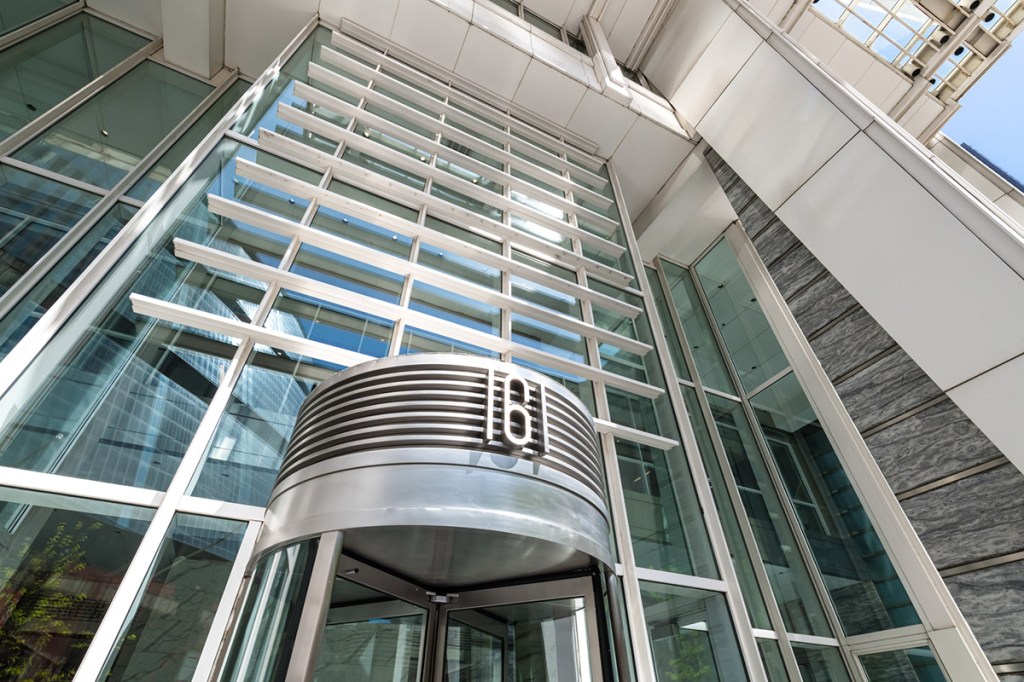Deal-Thirsty Investors Are Still Waiting for CRE Distress
Opportunistic buyers cool their heels in frustration as lenders and borrowers try to hang on for an improved financing market.
Distressed and opportunistic commercial real estate investors are like baseball teams in an offensive slump. They may be scratching out singles to drive in the occasional run, but scarce are the big innings marked by home runs or sending nine hitters to the plate.
Investors had amassed more than $300 billion to deploy in the U.S. as of late 2023, but the environment has proved frustrating. Most have been waiting for prices to reset, and they’ve also been waiting for a cascade of distressed opportunities. First, as a result of the pandemic lockdowns and, later, because of the Federal Reserve’s aggressive federal funds rate increases that began in early 2022. Both situations were expected to lead to defaults as property values crashed, leading to foreclosures, auctions, mortgage debt dispositions and short sales.
READ ALSO: 5 Strategies for Distress Buyers
So far, however, distressed transactions are a mere ripple, totaling nearly $3.1 billion in the first quarter of 2024, or a mere 3.9 percent of all commercial real estate deal volume, according to data provider MSCI Real Assets. While the percentage is the highest watermark since 2015, it pales in comparison to the years following the Great Financial Crisis, when distressed sales typically made up between 10 to 15 percent of transactions, the research organization reported.
“Unlike what we saw during the GFC, we haven’t seen an onslaught of assets going to auction,” said Joseph Iacono, CEO of Crescit Capital Strategies, a private lender and workout advisory. “Sellers haven’t been capitulating as much as you would expect based on headlines and what we think is happening in the market.”

Stress in the system
Still, there is little doubt that borrowers are feeling pressure. Existing and potential distress across major property categories totaled $294.5 billion in the first quarter, according to MSCI Real Assets. That amount represented a drop of 8 percent from the end of the year.
Unsurprisingly, existing office property distress, pegged at $38.2 billion in the first quarter, continues to lead all categories, MSCI Real Assets said. In April, special servicer LNR Partners acquired an empty mid-rise office building at 995 Market St. in San Francisco with a roughly $6.6 million auction bid—a 90 percent decline in value from the previous sale in 2016—after the sponsor walked away from more than $45 million in CMBS debt.
But that type of resolution, driven by owners who mail their keys to lenders, are the exception at the moment, remarked David Camins, a principal of Xroads Real Estate Advisors, an asset management and property advisory firm. In the lion’s share of cases, lenders are choosing to extend loans and keep the borrower in place to maintain some level of occupancy, collect rents and manage the building, he added.
“Lenders don’t want (to) own these assets, but unless they just absolutely want to move on from a property, they’re trying to see their way to a better market,” he reported. “Everybody seems to be working together, and it’s just a different dynamic to the distress this time around.”
Xroads serves as asset manager for the 1.1 million-square-foot 161 N. Clark St. office tower in Chicago. According to reports, the lender sought foreclosure on the asset last fall when the ownership group, led by South Korea’s postal system, defaulted on a $230 million loan and returned the keys to the lender. Xroads also served as the court-appointed receiver through the foreclosure process, which was completed in March.

Drawn-out workouts
Camins declined to address the potential sale of 161 N. Clark specifically, but he suggested structuring deals is a time-consuming endeavor even in good markets. Among other challenges, high interest rates that are resetting values as well as the effort it takes to foreclose on properties are obstacles to timely dispositions in the distressed arena, he added. So, too, are questions surrounding future demand as tech companies like Google and Amazon, as well as other office users, rethink their space needs.

These characteristics, along with the preference to extend loans, could stretch out the distressed sales process over the next three years, noted Jonathan Squires, a managing director in investment sales with Cushman & Wakefield. That’s a shift from conventional wisdom, which last year speculated that Signature Bank’s auction of property loans following the institution’s failure would catalyze transactions, he pointed out. But the foreclosure process has slowed resolutions.
A drop in interest rates that could provide banks with more favorable prices for properties could hasten sales, Squires added, whether lenders conduct them in cooperation with borrowers or through foreclosures. Yet, once bullish that the Federal Reserve would cut the federal funds rate early in 2023, bond traders have since pushed those expectations to as far as September amid higher-than-predicted inflation reports and a still-strong job market, according to Morningstar.
“If borrowers are playing ball with their lenders, they’re getting extensions, especially if they have a plan,” Squires observed. “But I think a lot of plans were to hold on for a better interest rate environment, and that’s not coming as fast as everyone thought.”
Debt strategies
Frustrated with the inability to deploy capital, some equity investors are now switching to debt strategies as the need for rescue capital grows, said Iacono. These investors are exploring high leverage-stretch senior loans, preferred equity, and mezzanine debt as ways to generate high yields in return for lending up to a certain level of the asset’s perceived value.
“Equity investors are looking at these deals and saying, ‘I can’t buy them outright, but I could perhaps lend on them and generate returns that today are in excess of what I would reasonably project as an equity return,’” he explained. “They can’t completely control the property like they would as an owner. But as a lender, they have certain rights they can build in depending on how high in the capital stack they go.”
READ ALSO: Braving the Debt Restructuring Minefield
Iacono’s Crescit Capital itself is raising opportunistic funds. So far it has identified hotel and multifamily assets throughout the U.S. where the existing debt exceeds what traditional sources of capital would be willing to finance.
Not all equity investors are coming up empty. In December, value-add investor Harbor Associates and joint venture partner F&F Capital Group bought a 165,000-square-foot creative office building in Los Angeles for $44.7 million, a price that represented about half of what the previous owner paid in August 2018.
Extensive capital improvements over the last decade along with the building’s location at what is considered the gateway to Century City grabbed the buyer’s attention, shared Paul Miszkowicz, a founder of Harbor Associates, which specializes in repositioning underperforming assets. His firm then assessed the property’s likeliness to attract tenants in a hybrid work environment and determined the returns needed to risk its capital, he added. “When investing in office buildings today, you more or less have to be a sharpshooter,” Miszkowicz said. “A lot of investors are going to paint the category with a broad brush, but we think there are opportunities to find outlier transactions with a contrarian investment thesis.”







You must be logged in to post a comment.